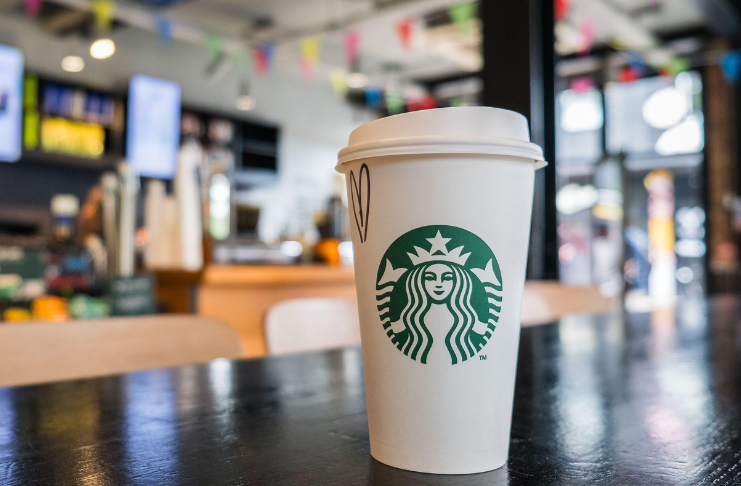Tata Starbucks Pvt Ltd, the 50:50 joint venture between Tata Consumer Products and Starbucks Corporation, reported a sharp 65% increase in its net loss for the financial year ending March 2025, even as its revenue grew at a slower pace compared to previous years.
As per recent filings accessed via the Ministry of Corporate Affairs and confirmed by multiple media reports, the company posted a net loss of ₹135.7 crore in FY25, up from ₹82.16 crore in FY24. Meanwhile, its operating revenue rose 5% year-on-year to ₹1,277 crore from ₹1,216 crore the previous year.
Slowed Revenue Growth Amid Rising Costs
The single-digit revenue growth, a stark contrast to the double-digit gains witnessed in earlier years, points to headwinds in consumer spending and intensifying competition in India’s fast-growing café segment. The steep rise in net losses is attributed to a combination of rising operational costs and continued investments in store expansion and digital capabilities.
According to data reported by Business Standard, Tata Starbucks added 58 net new stores and entered 19 new cities in FY25, bringing its total footprint to 479 stores across 80 cities. This expansion, while critical to long-term market capture, has increased fixed costs, including rent, personnel, and logistics, contributing to the widening losses.
Navigating a Competitive Café Market
Industry analysts suggest that the brand is now navigating a more saturated urban market, where local café chains such as Blue Tokai, Third Wave Coffee, and niche specialty players are rapidly gaining ground. The premium coffee segment has seen significant fragmentation, with consumer preferences shifting toward artisanal, hyperlocal, and experience-driven formats.
While Tata Starbucks has not disclosed same-store sales growth (SSSG) figures for FY25, sector experts believe growth has plateaued in some metros. Economic uncertainty and elevated price sensitivity, particularly among younger consumers, have likely impacted footfalls in premium dine-in café formats.
Localization and Digital Playbook
To remain relevant, Tata Starbucks has intensified its localization strategy. Over the past year, the brand expanded its India-centric menu with offerings like masala chai, filter coffee, regional snacks, and fusion desserts, aiming to connect with wider audiences beyond Tier-1 metros.
In addition, the company has invested in diversifying its format strategy. Drive-thrus, delivery-focused stores, airport kiosks, and small-format outlets are part of a broader plan to meet consumers where they are—physically and digitally. The Starbucks Rewards loyalty program continues to see traction, further deepening engagement among repeat customers.
In 2024, Starbucks launched its first coffee experiential store in India, in New Delhi, to create products tailored to Indian tastes and test scalable innovations for Asia-Pacific markets.
Growth vs. Profitability
For restaurant industry leaders and café operators, Starbucks India’s FY25 performance is an instructive case study in balancing ambition with sustainability. The brand’s growth-first approach—while rooted in long-term strategic intent—comes at the cost of mounting short-term losses.
As costs rise and consumers become more value-conscious, operators must rethink expansion models, possibly prioritizing asset-light strategies and omnichannel formats. Localization, tech integration, and operational efficiency are emerging as non-negotiables rather than differentiators.
Moreover, with rising real estate and labor costs, brands—whether legacy or challenger—must pay closer attention to unit economics. The Tata Starbucks example also reinforces the importance of tailoring not just the menu but the entire brand experience to local consumer behavior and evolving trends.
As FY26 begins, all eyes will be on how Starbucks recalibrates its India strategy—tightening cost structures, deepening regional penetration, and innovating to stay ahead in one of the world’s most promising yet complex café markets.





